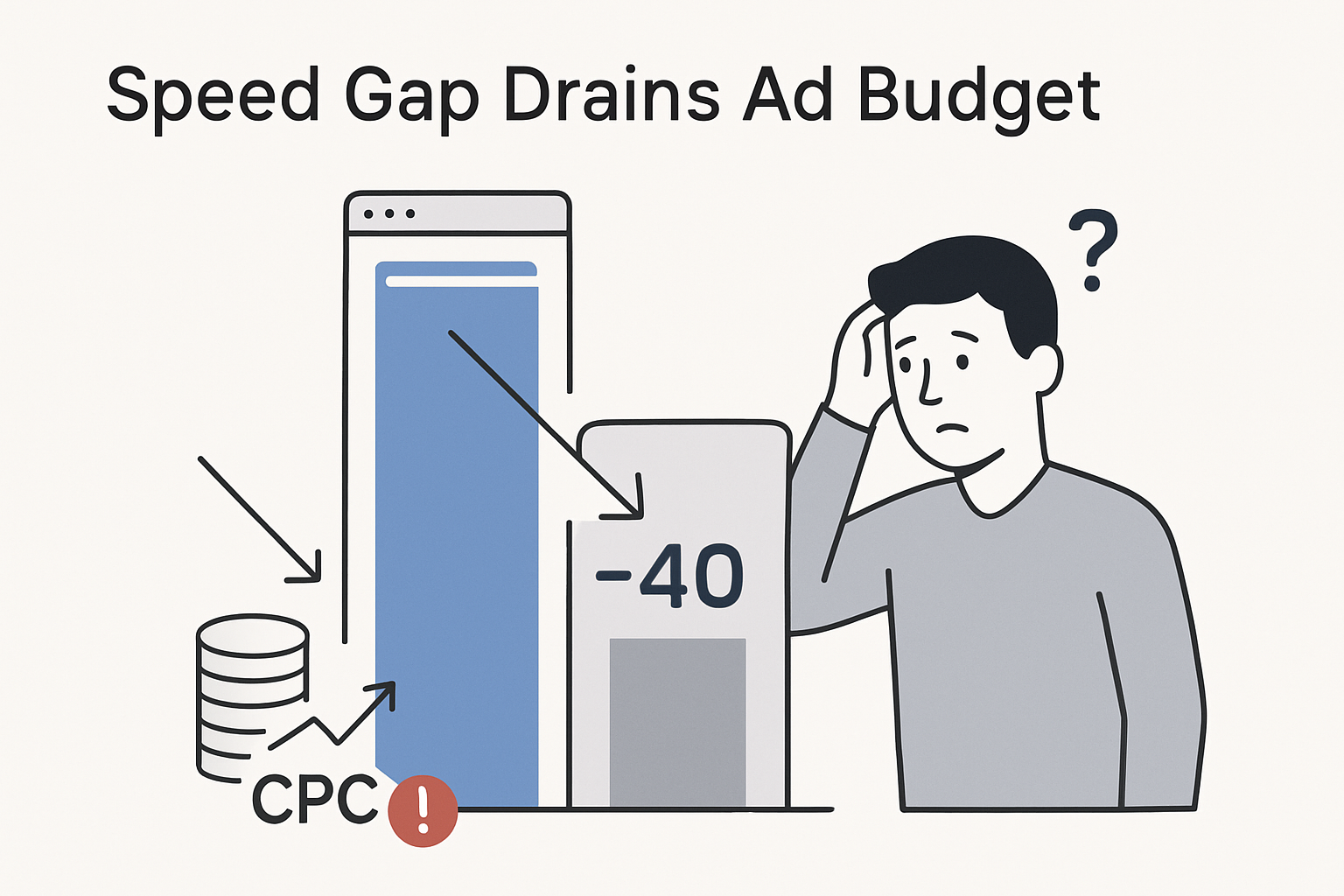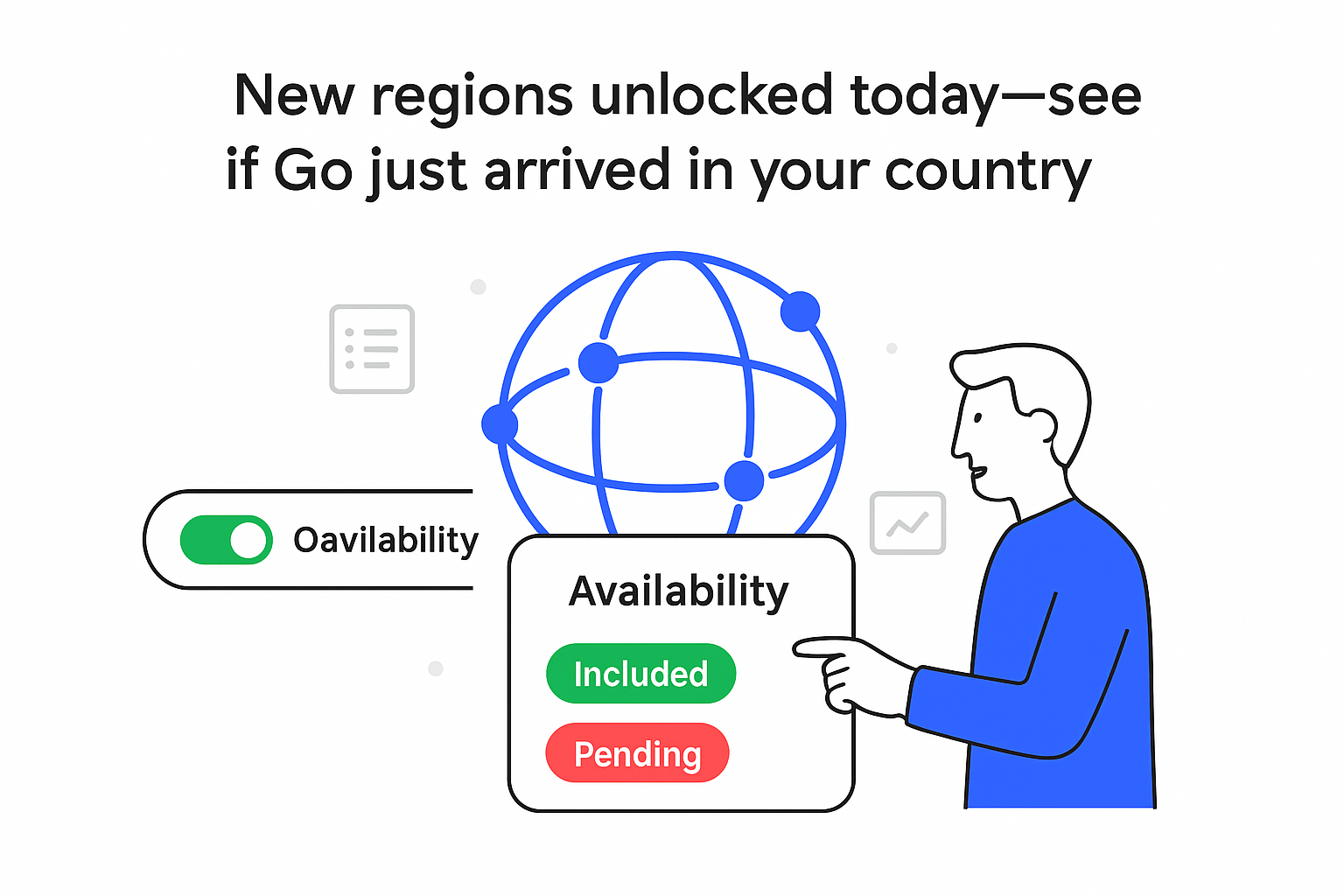Google's June 2025 Core Web Vitals (CWV) Technology Report has re-priced the cost of under-performing content-management systems. Duda holds the top spot with 83.6% of sites passing CWV, while WordPress languishes at 43.4%. With Interaction to Next Paint (INP) officially folded into Google rankings in March 2025, the performance delta is now a line item in both media and engineering budgets.
Core Web Vitals 2025: Key Takeaways
- Duda's 83.6% pass rate influences both organic ranking and Google Ads Quality Score; every 10-point CWV improvement cuts cost-per-click (CPC) by roughly 5-8% (Google model, 2023).
- Shopify's 75.2% pass rate shows that a controlled theme and app marketplace can neutralise retail-oriented JavaScript bloat; standardised templates are becoming a performance moat.
- INP variance is narrow (85-96%) across the six tracked CMSs, indicating that main-thread blocking is largely solved. The spread comes from Largest Contentful Paint (LCP) and Cumulative Layout Shift (CLS), which hinge on image policy and layout systems.
- WordPress progress has stalled at +0.8 points year-to-date; its plugin architecture adds a median 370 kB of render-blocking JavaScript per site (HTTP Archive, June 2025), offsetting core enhancements.
- Marketers should set CMS-specific targets—e.g., "<1.5 s LCP on WordPress with ≤250 kB JS"—and budget for third-party asset audits where platform limitations persist.
Situation Snapshot
- Trigger: HTTP Archive + Chrome UX Report (CrUX) June 2025 dataset, published 10 Jul 2025. Explore the dashboard here.
- Undisputed facts: Duda ranks first (83.6% pass), WordPress last (43.4%). Squarespace leads INP compliance at 95.9%.
- Context: Google replaced First Input Delay with INP as a ranking factor in March 2025. Other ad platforms (Meta, TikTok, Amazon Ads) are also raising the weight of page speed.
Mechanics Behind CWV & INP Scores
CWV now blends LCP, CLS and INP:
Heavy theme JS → Main-thread block → INP delay
Unoptimised media → Slow LCP → CWV fail
Platform-specific drivers:
- Duda & Squarespace: limited theme variance, automatic image resizing and aggressive edge caching yield small asset sizes and predictable layouts.
- Shopify: app sandboxing limits global JS scope; server-side rendering of product grids lessens client work, pushing the platform to #2.
- WordPress: an open plugin ecosystem means 63% of sites load six or more third-party scripts, many synchronous. Asset concatenation and HTTP/2 help, yet render-blocking remains.
- Drupal: self-hosted stacks vary in PHP version and caching strategy, keeping median performance down.
Impact by Marketing Function
- Paid search: Landing-page speed feeds Quality Score. Historical Google Ads data shows each 0.1 s LCP gain lifts QS by ~0.2 points, trimming CPC 2-4%. WordPress advertisers should add bid headroom.
- Organic SEO: From March 2025, INP below 200 ms is "good". Squarespace's 95.9% compliance provides a built-in edge. WordPress sites should prioritise JS deferral and above-the-fold image policies before spending on link building.
- Conversion/UX: Google's 2022 Retail Speed Study recorded an 8% conversion lift per 0.1 s mobile improvement. Shopify's 75% pass rate translates to 3-4% higher order volume compared with similar WordPress stores at equal traffic.
- Ops & budgeting: Migrating a 500-page brochure site to Duda or Squarespace costs roughly $12k (agency benchmarks, 2024). Media savings typically recoup the expense in 18-24 months if current CPC spreads persist.
Scenarios & Probabilities
- Base – 60% probability: WordPress ships performance-guided plugin scoring but inertia keeps its pass rate near 48% by Q4 2025.
- Upside – 30% probability: Plugin authors adopt ES modules and
fetchpriority; WordPress narrows the gap to 55%. - Downside – 10% probability: Gutenberg adds more client-side JS for layout features; the pass rate dips below 40%, widening CPC and ranking penalties.
Risks, Unknowns, Limitations
- CrUX biases toward Chrome users who have opted in; regions with lower Chrome share may be under-sampled.
- Shopify and Squarespace data skew toward paid plans with built-in CDN optimisation, unlike self-hosted WordPress.
- Google may tighten thresholds (e.g., lowering INP "good" to 150 ms), reshuffling rankings.
- CPC elasticity estimates are based on 2023 data; future auction dynamics could differ.
Sources
- HTTP Archive / CrUX, 10-Jul-2025, Looker Studio "Core Web Vitals Technology Report"
- HTTP Archive Almanac, 2024, "JavaScript" chapter – plugin script counts on WordPress
- Google Ads, 2023 internal whitepaper, "Landing Page Speed & Quality Score Correlation"
- Google Retail Speed Study, 2022, "Milliseconds Make Millions"
- Shopify Engineering Blog, 08-Mar-2024, "Server-Side Rendering for Online Store 2.0"







.svg)